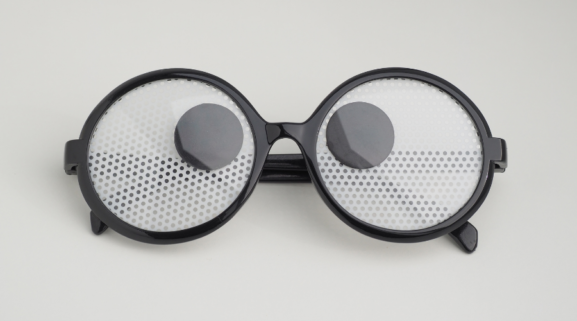WHAT IS MONOVISION?
WHAT IS MONOVISION?
The human body has a perfectly functioning natural mechanism. The human body, which begins to grow and develop from the moment of its birth, also begins to age in a way. Although some of our interventions in this process may slow down the process, the human body is doomed to age eventually. How well we will spend old age is directly related to the investments we make in ourselves for a lifetime. Our ability to see also changes as we get older. In addition to genetic factors, our eyes have physiological problems in near vision with aging and this is called presbyopia. We have often witnessed this in our environment or in ourselves; we start to get tired of not being able to finish sewing in one go, getting dizzy while reading a book, and carrying the phone back and forth while looking at the phone. In these cases, treatment options are now determined with the opinion of an expert.
Many organs in the human body are in pairs, and one is generally used more dominantly than the other. In addition to the usual situations such as using the right hand more, the right leg being stronger, the left ear hearing better, one eye is more dominant than the other. With monovision treatment, the distance vision ability of the dominant eye is increased, while the passive eye is developed on the ability to see nearby. Expressed in this way, although many individuals think that this method will tire the eyes and be useless, it is actually a very well-functioning and adaptable method for the eyes.
Monovision is a treatment method where glasses are not the only option. Thanks to today’s technology, more conservative treatment options emerge for the difficulties experienced in near vision as you get older. Monovision is also called mixed vision. While obtaining mixed vision, contact lenses, surgical methods and lens implants are used.
WHO CAN IT BE APPLIED TO?
Monovision therapy is not suitable for every individual with impaired near vision. Who is suitable is decided by specialist physicians by performing some tests and observations.
Monovision is an adjustment to the dominant eye. If this procedure is deemed appropriate for the patient, it can also be performed during myopia-hypermetropia or cataract surgeries. In this way, this adjustment is made in the patient without the need for a second operation. However, monovision is not performed for every myopic patient or every cataract patient. If;
- If the person is 40 years or older,
- If you have 1.00-3.00 degrees of myopia in your eyes,
- If cataract surgery is planned but the patient does not want a multifocal lens, monovision is successfully applied.
Monovision should be re-evaluated in individuals who have never used lenses before and who are not accustomed to it. Although wearing different lenses in the two eyes is challenging in the first place in these people, the eye has the ability to adapt to this situation.
HOW DOES THE PROCESS WORK?
First of all, a medical history is taken from the patient who comes to the office with the complaint of impaired vision. Any previous eye surgery, use of glasses or lenses, family history of eye problems, and general systemic condition are questioned. Then, which eye of the patient is dominant is determined by some tests performed in the clinic.
There are many options for monovision tuning. Monovision adjustment is performed by wearing contact lenses, using glasses, laser surgery or implanting an intraocular lens. In patients who are afraid of surgical operation, contact lenses can be used beforehand to form an opinion. Laser surgery or an intraocular lens is then planned to create a permanent fix.
7 out of 10 patients report satisfaction after monovision treatment. A very few patients report that they experience dizziness and nausea after this adjustment.
In order to determine the most suitable treatment option for you and to ensure that the complaints can reach the most correct solution, it will be the most beneficial option to get opinions from specialist physicians.



